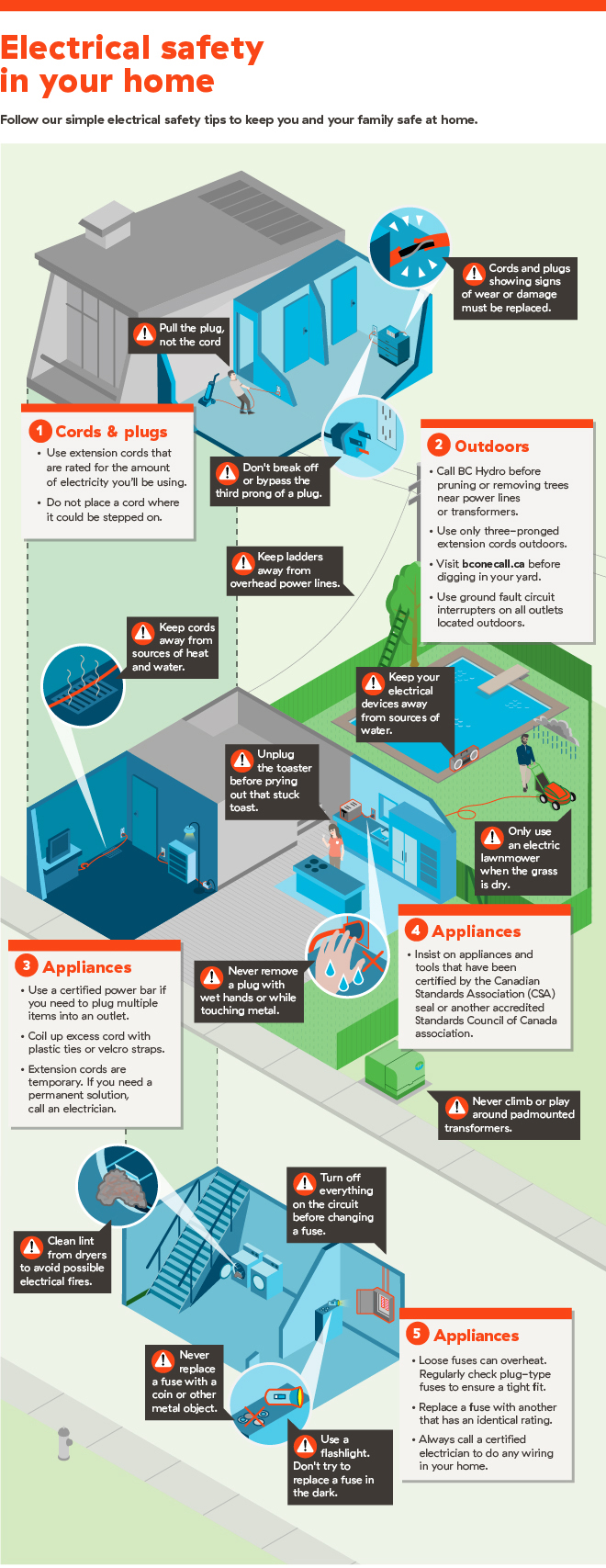Can Trees Be Protected? Indicators For Necessary Tree Elimination
Can Trees Be Protected? Indicators For Necessary Tree Elimination
Blog Article
Authored By-McCollum Mcintosh
If you've ever wondered about the fate of the trees on your residential property, understanding when it's time for removal is essential. Yet exactly how do you identify if a tree can be saved or if elimination is the only alternative? By trying to find certain signs and assessing safety risks, you can make enlightened decisions that profit both your landscape and your surroundings. Let's explore the vital variables that come into play when deciding the fate of a tree and exactly how you can make sure the very best outcome for your green buddies.
Indications of Tree Decrease
If you discover any one of the following indications of tree decline in your yard, it might be time to think about tree removal.
One typical sign is dead or worn out branches, which can indicate underlying problems impacting the tree's health. Keep an eye out for tarnished or wilted leaves that linger despite having proper treatment, as this could be an indication of disease or pests.
One more warning signal is extreme leaning or an obvious change in the tree's base, which may recommend origin issues or architectural instability. Watch out for fungal development on the trunk or roots, as this can indicate rot and endanger the tree's security.
Additionally, if you observe big cracks in the trunk or significant arm or legs, it's vital to attend to these problems immediately to prevent prospective dangers. Attending to these indications of tree decline without delay can help preserve the security and visual appeals of your backyard setting.
Safety Worries
To make sure the wellness of your residential property and those around you, focusing on safety and security worries connected to trees is vital. Trees can pose different safety risks otherwise appropriately maintained. Dead or decaying branches might drop unexpectedly, threatening individuals or harmful structures.
Leaning trees can also be harmful, specifically if they're leaning in the direction of a structure or power lines. Additionally, trees with extensive root systems near foundations or below ground utilities can cause substantial damages with time.
It's essential to routinely inspect your trees for any kind of signs of possible threat. Watch out for fractures in the trunk, huge dental caries, or indications of condition and decay. If you observe any of these concerns, it's best to consult with an expert arborist to assess the situation and identify the necessary course of action.
Taking positive actions to attend to safety issues promptly can avoid mishaps and home damages in the future. Remember, the safety and security of your home and those around you ought to constantly be the top priority when it pertains to tree upkeep.
Consulting an Arborist
When thinking about the health and safety of your trees, getting in touch with an arborist is an essential step. Arborists are trained specialists that specialize in the care and upkeep of trees. They can examine the overall health and wellness of your trees, identify any type of problems such as illness or architectural issues, and offer professional referrals on the very best strategy.
By seeking advice from an arborist, you can receive valuable understandings into the condition of your trees and determine whether elimination is essential. Arborists have the understanding and experience to evaluate the risks associated with keeping a tree versus removing it. They can likewise supply advice on alternate services, such as trimming, cabling, or supporting, to help protect the tree whenever feasible.
Furthermore, arborists can assist you browse any local laws or permits that may be required for tree elimination. Their experience can make certain that the process is performed safely and in compliance with any type of appropriate regulations.
have a peek here
In conclusion, when determining whether trees can be saved or if removal is necessary, it is important to think about signs of decrease and security worries. Consulting an arborist for an extensive analysis is vital in making the very best choice for the tree's health and wellness and prospective dangers. Keep in mind, aggressive treatment and timely action can help maintain trees and protect against crashes.
